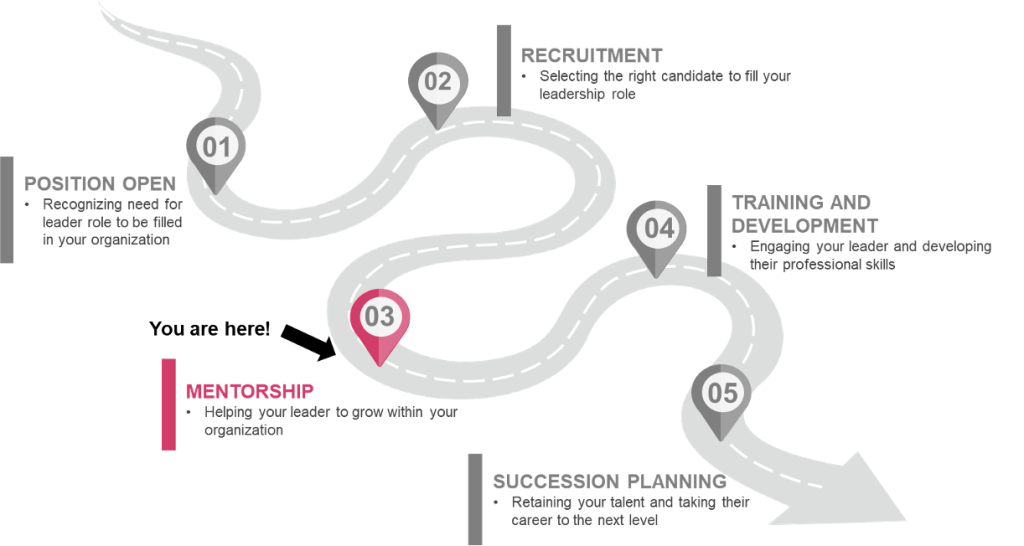2.2 Governance
To put the strategy in place and sustain it in the long-term, governance and oversight is needed.
1. Consider how governance structures can support the organization in achieving its vision and long-term strategy.
- Who should be part of the structure? What does the board structure look like? Are there other committees within the organization focused on EDI?
- Where are the lines of communication? In what ways are they formalized?
- What does accountability look like? Are different pieces of the strategy owned by members across the organization?
- Is the EDI strategy embedded within the overall strategy and viewed as a cultural shift/transformation?
- How do leadership and the board interact? What kind of interactions exist between leadership and the board with employees?
2. Within the overall governance structure, consider all layers of an organization, and their interactions with the strategy, particularly focusing on the following functions:
- Organizational Structures: Different functions and teams that make up the organization
- Decision-Making Processes: Processes and approvals required to make decisions
- General Roles and Responsibilities: Staff, People Leaders, Executives and Sponsors



